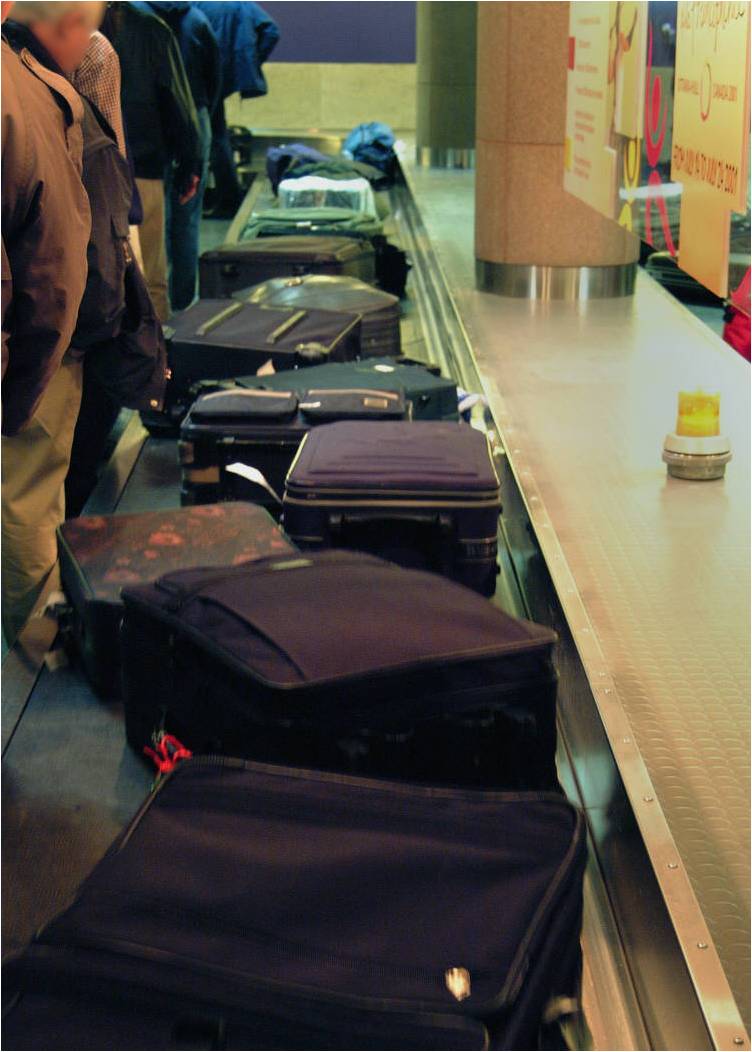It’s the end of the year. The New Year often represent a time for a fresh start. We have new goals and quotas. New initiatives and priorities will be launched in each of the thousands of Kickoff meetings that occur around the world. We may have committed to some New Year’s resolutions.
Yet, it’s really only a New Year from the point of view of the calendar. We each come into the New Year with a lot of baggage. Deals in process, all the things that were on our to-do lists that haven’t gotten to done. With the New Year, a fresh start that is really not a fresh start, and a lot of new initiatives, it’s easy to get overwhelmed and just fall back into old habits. Or it’s easy to be cynical and just keep doing the same old stuff.
I believe there’s merit to reflecting on the past year and looking at what worked and what didn’t work. I think it’s important to enter the new year shedding as much baggage as possible. Use this as the opportunity to clear some “space,” on your calendar, in your day to day routine, in your mind.
Pull out a sheet of paper, draw a line, vertically, down the middle. On the left side, title the column: “What Worked,” the right, “What Didn’t.” Don’t focus on the broad strategic issues, look at the little things, the details. Things like, “I kept putting off updating CRM and doing reports,” “I didn’t spend enough time prospecting.”
Set a goal for yourself–identify 25 things that worked and 25 things that didn’t work. Write them down, don’t stop until you get 25—they may be ridiculously trivial, but make sure you write down 25.
For the time being, focused on the things that Didn’t Work. Prioritize the 25. Rank them so the biggest problem, the thing that had the biggest negative impact is first, the next is second, and so on. For the top 3—no more—write down what you are going to do to eliminate or fix them. Treat them as projects–develop an action plan, milestones and target dates.
For the remaining 22 items, look at the things that you can outright stop doing. Usually it’s at least the last few, it could be more. Look at the things that you were doing that were a waste of time, effort, or just didn’t work. Draw a line through them and just stop doing them. Be as aggressive as possible. The more you can eliminate, them more you will free time up to focus on what works. Some of this may require you to sit down with your manager to discuss what you are stopping and why. You may need to negotiate some agreement, or your manager may need to take on the task to coach and train you on things you will not be permitted to stop doing. Get your manager to put some skin into this and supporting you.
Keep the list in front of you for the next few months to remind yourself, so you don’t fall into bad habits.
Look at the things that Did Work. Again, prioritize them, ranking the thing that had the highest positive impact on your success first, the next second, through the entire 25 items. This time, look at the bottom 5 on that list. Could you stop doing them–even though they worked–without having a significant impact on your success? If you can, eliminate them. Then look at the top 3 things. Ask yourself the question, “How can I spend more time doing these things?” Develop an action plan with milestones and target dates. Ignore everything else.
Try this over the weekend. Be thoughtful about it. Make sure you write it down, then post the results at your desk–just above your phone. Let the list constatnly remind you so you can build good habits in the next couple of months.
Enter the New Year with as little unnecessary baggage as possible. Free your time to focus on the things that really impact you. Stop or ignore all the rest.
Best wishes for a healthy and productive New Year! Thank you for following this blog and your active participation in the discussions here, on LinkedIn an other forums where this appears. I deeply appreciate your engagement.

Leave a Reply